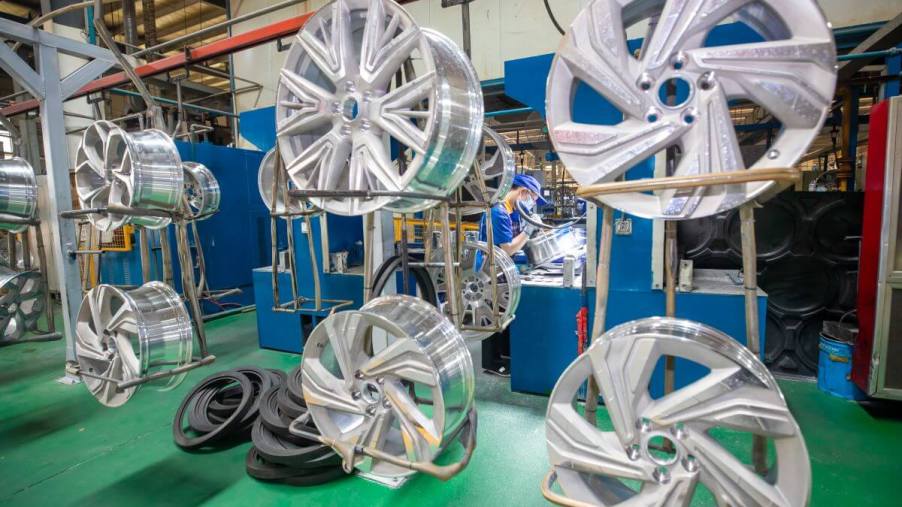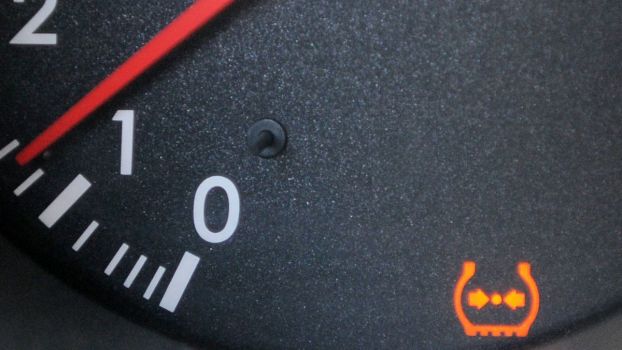
What’s the Difference Between Aluminum Alloy and Steel Wheels on a Car?
When shopping for a new, or new-to-you, vehicle, your primary concerns revolve around body style, seating capacity, safety, and price. Shortly after deciding on a particular model, you’re presented with a choice between two main types of car wheels upon which to mount the included tires. Even if you’re buying new wheels for a car you already own, they almost always come in aluminum alloy or steel but offer different finishes to achieve a custom appearance, such as chrome, paint, and various textures. So, what’s the difference between the two materials regarding cost, fuel economy, performance, and maintenance?
What are aluminum alloy wheels?
Metallurgists mix aluminum with other metals to achieve the aluminum alloy’s desired properties like strength, corrosion resistance, and lightweight. Automobile wheel manufacturers use this material to create aluminum alloy wheels by casting or forging.
RNR Tires says cast wheels come from pouring melted aluminum alloy into a mold, whereas forged wheels come from a solid aluminum alloy block. While cast wheels cost less to produce, forged wheels provide the most strength and better fuel economy, making them cheaper in the long run.
Tire Buyer notes that one downside to having aluminum alloy wheels on your vehicle versus steel is the possibility of cracking or bending. However, that possibility seems minor compared to the aesthetic, handling, performance, and fuel efficiency improvements over steel wheels.
Another advantage aluminum alloy enjoys over steel is its corrosion resistance, resulting in less maintenance. However, to keep either style looking great, you must keep them clean.
Are steel wheels better than aluminum alloy versions?
Opting for steel wheels on your vehicle makes sense in some situations. In fact, CJ Pony Parts says many people in northern climates keep an extra set of winter tires mounted on steel wheels just for the winter months. Of course, you could mount winter tires on an extra set of aluminum alloy wheels, but steel wheels, or “steelies,” cost less, withstand more abuse, and have excess weight that could help in slippery conditions.
Click it Wheels also points out that heavy-duty vehicles work best with steel wheels. The steel wheel’s toughness and rigidity allow for carrying heavier payloads and towing larger loads without the risk of bending or cracking associated with aluminum alloy wheels. Also, most heavy-duty truck drivers aren’t as concerned with squeezing every mile possible from a drop of fuel, nor do they care as much about acceleration as those driving smaller vehicles.
What are some other wheel types?
While steel and aluminum alloy are the most common materials, some high-end wheels feature magnesium or carbon fiber construction. Carbon fiber wheels, meant for performance and racing vehicles, are not intended for everyday driving. Carbon fiber’s high cost and impracticality prohibit most people from using them, although the Ford Mustang Shelby GT350R features them.
Wheels also come in one-, two-, and three-piece designs. All cast wheels feature one-piece construction, whereas most forged wheels use a two-piece design with the wheel’s centerpiece and outer rim sections bolted or welded together. The less common three-piece design is ideal for high-end sports cars.
While each wheel type has its pros and cons, choosing one comes down to your needs and desires. Leave a comment below and tell us about your favorite wheel style.




